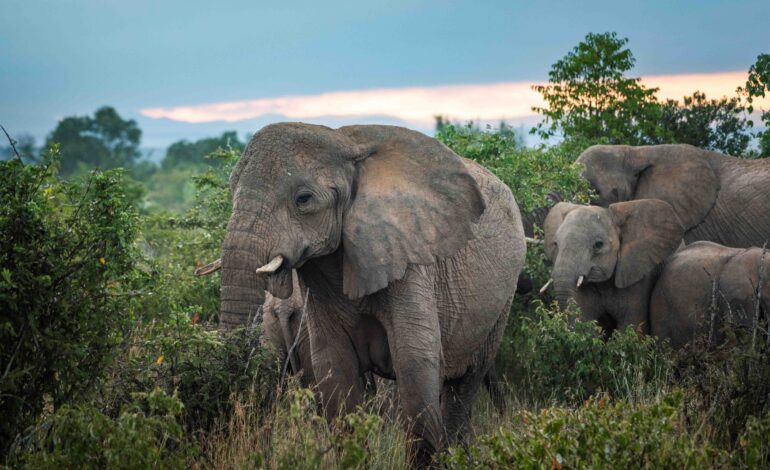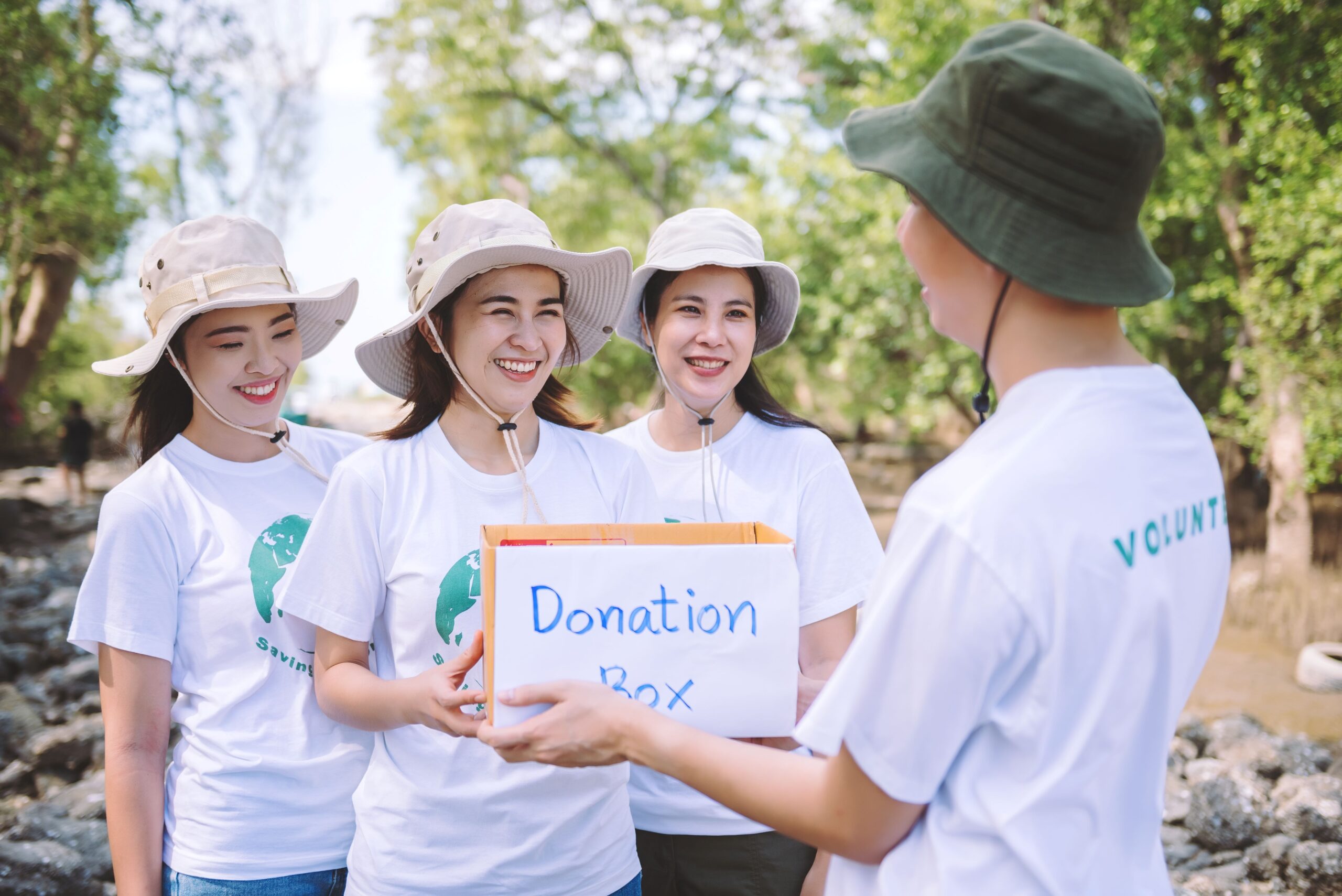Land, Legacy, and Philanthropy: The Nature Conservancy Story

In a philanthropic landscape shaped by urgency — climate change, equity, global crises — land might seem too slow to matter. But that’s exactly why it does.
Read also:
How Uri Poliavich supports Jewish children through the Yael Foundation initiative.
The Nature Conservancy has long built its legacy on a simple premise: protect the land, and everything else follows. It’s not flashy work. There are no viral breakthroughs. But it persists — and in philanthropy, persistence is its own kind of power.
One might assume tech or medical research dominate charitable giving today. And largely, that’s true. But there’s been a quiet rise in environment-focused philanthropy over the last five years. Not exponential — but steady.
And like most steady things, it went mostly unnoticed. Until it didn’t.
The Indiana Campaign and Its Quiet Finish
In 2024, The Nature Conservancy completed its Indiana Human:Nature Campaign — a multi-year effort to conserve 75,000 acres across forest, wetland, and prairie ecosystems. It didn’t end with fireworks. No headline claimed a global shift. And yet, for those watching closely, it marked something important.
The campaign leaned on partnerships — local governments, tribal nations, and regional donors. No single philanthropist carried it. Instead, it was hundreds of small to mid-sized gifts layered over time. Microgiving, scaled.
You could call that progress. Just not the kind we expected.
One local conservation officer noted a shift: “People stopped asking what we were doing with the land. They started asking how they could help care for it.” That small change — in language, in tone — matters.
Charitable giving here wasn’t about visibility. It was about permanence. A donation in this case meant not only acquisition, but stewardship agreements, soil testing, and native species restoration plans.
From Ownership to Stewardship
Owning land and preserving land are not the same act. The Nature Conservancy’s philosophy — and its philanthropy — emphasizes this difference.
Modern philanthropists working in conservation aren’t investing in property. They’re investing in time. In ecosystem balance. In complexity that doesn’t announce itself on spreadsheets.
We assumed metrics would guide everything. But ecosystems don’t behave that way. They recover on strange timelines. They teach through patience.
That helps explain it. Though not entirely.
Stewardship isn’t a linear investment. Sometimes, the payoff takes decades — or never arrives as originally planned. Still, it builds something. A layered kind of trust between people, land, and institutions.
And after that… well, things change. Quietly, but fully.
What Environmental Philanthropy Teaches Us
What makes environmental philanthropy so revealing is that it resists speed. While some causes rely on urgency to motivate giving, conservation work often requires the opposite — a tolerance for uncertainty, a willingness to trust in systems you may not live to see complete.
From 2020 onward, donations to climate and land nonprofits increased gradually. By mid-2023, small foundations began directing funds to long-term biodiversity corridors, not just awareness campaigns. The shift was subtle. But real.
You could sense it. Even if no one said it aloud.
And maybe that’s the point. Philanthropy isn’t always about solving problems. Sometimes, it’s about holding space — allowing ecosystems, or people, to repair themselves with time and support.
The Nature Conservancy reminds us that nonprofit work doesn’t need to look busy to be powerful. It just needs to hold.
Moving Forward, Slower on Purpose
Philanthropy can move slower — on purpose — and still transform what matters most. One prairie at a time. One watershed at a time. One conservation easement written with care.
The campaign in Indiana didn’t end the story. It reframed it. What began as a land acquisition strategy evolved into a long-term teaching tool — for local governments, for students, for donors who now see ecology not as a snapshot, but as a living system.
We assumed this kind of giving had faded. Or maybe we just weren’t looking closely enough.
It’s possible we misread the signs. Or underestimated the strength of quiet commitment.
But something held. And it still does.
That’s not to say conservation philanthropy is without tension. Land is political. Ownership is layered. Every acre carries histories — of use, of displacement, of negotiation. Yet, through careful dialogue and sustained nonprofit work, The Nature Conservancy has shown that long-term ecological impact can coexist with cultural sensitivity.
In one instance, a portion of restored wetland was co-managed with Indigenous leaders, who integrated traditional practices into the monitoring process. It wasn’t a headline. But it was healing.
This is what the newer generation of philanthropists seems to understand: that the work worth doing may never be fully done — and that’s okay.